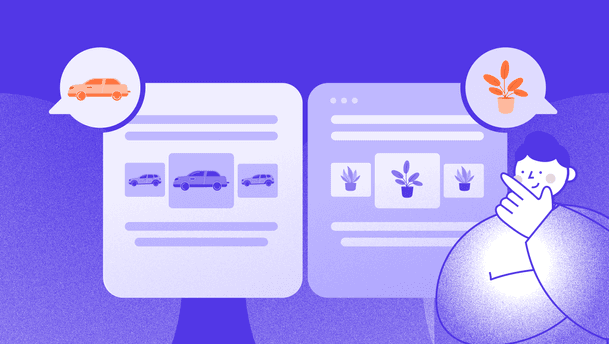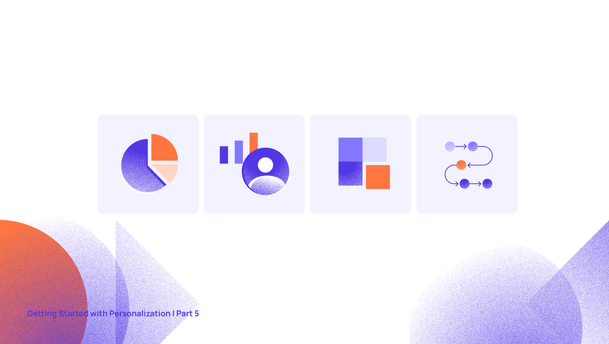Sigmund Freud once said that no two people experience the world in exactly the same way, because our unique backgrounds and desires shape how we see things. We completely agree—although Freud probably doesn’t need our approval.
Even though he wasn’t talking about web development, his ideas are very relevant today. Every visitor to your website is different, with their own needs and preferences. So, if everyone is unique, why do so many websites treat all users the same?
The demand for personalization
The call for personalization in the digital space has never been louder.
As internet users, we want our online experiences to reflect who we are, from the content we see to how it’s presented. Unfortunately, many websites stick to a generic approach, offering the same content to everyone. This can lead to frustration and lost opportunities for conversion.
Statistics back this up. For example, 71% of users feel frustrated when website content is not personalized. In fact, McKinsey reports that companies that excel at personalization generate 40% more revenue from those activities than their counterparts. A study by Epsilon revealed that 80% of consumers are more likely to purchase from brands that offer personalized experiences. In the same vein, Accenture of consumers are more likely to shop with brands that recognize, remember, and provide relevant offers and recommendations.
What if your website could change based on each visitor’s preferences and provide personalized experiences that truly connect with them?
Today, this is possible. Websites can understand what each visitor needs and deliver it at just the right moment. These are called adaptive websites.









